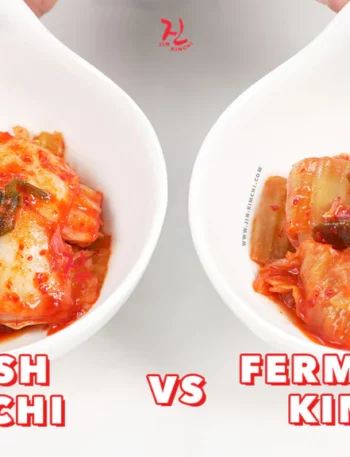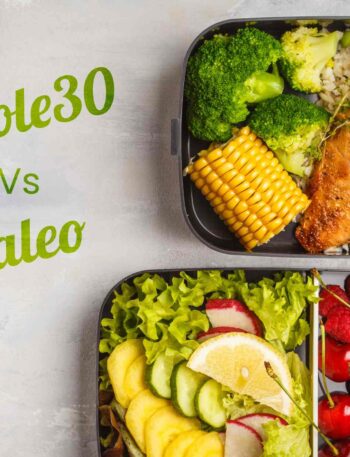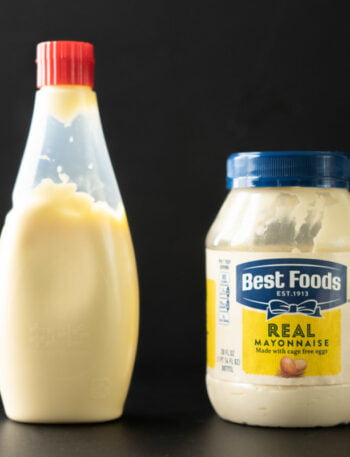
They say “even a rusty knife can still slice truth if held right.” And damn, some truths come sizzling hot on a skewer.
You walk past it a hundred times, maybe even snubbed it because it ain’t wrapped in organic packaging or served with a calorie count on the side.
But the irony? That little smoky, charred, bubbling something on the street cart corner might just outclass your overpriced smoothie bowl in both taste and nutrition.
Let’s talk tempeh. Not the soggy stuff suffocating under barbecue sauce in a sad vegan café. I’m talking the real deal.
The street kind. Fresh, fried, blistered gold sitting right next to battered bananas and greasy tahu isi. The kind that crackles when you bite, leaving a salty, nutty kick that sticks to your teeth and your memory.
See, the West is busy spending fortunes on kombucha and kefir, chasing fermented dreams in a bottle, while in Indonesia? A barefoot vendor with a single gas stove and a prayer is out here flipping one of the most nutritionally complete foods known to humankind.
And no, this isn’t a tofu cousin trying to be cute. Tempeh’s a beast. Whole soybeans fermented with Rhizopus oligosporus—a fancy name for a mold that turns beans into brain food.
It breaks down phytic acid, boosts B vitamins, and loads your gut with natural probiotics. You want gut health? Tempeh’s been doing it before your ancestors even knew what yogurt was.
But it’s not just what it gives—it’s what it doesn’t take. No ultra-processing. No synthetic fluff. No lab-coated nonsense. Just beans, time, and heat. That’s it.
And on the street, that transformation happens under layers of chaos: traffic roaring, exhaust fumes blending with garlic oil, a line of workers waiting with 10k in hand and hunger in their eyes. That’s alive food. That’s real food.
Now let’s step back for a sec. Why is it that something so humble gets sidelined while imported powders with labels like “superbrain adaptogenic fusion” get all the clout? Because we’ve been sold the lie that health is luxury.
That it comes in glass bottles and apps and 14-step morning routines. When in fact, a battered brown square next to sambal and a scoop of rice can school your dietician.
And here’s the cold sting: “The frog forgets the water it was born in.” Locals overlook it. Tourists avoid it. Yet scientists from MIT are quietly writing papers about how tempeh could combat malnutrition and support brain function in aging populations.
Some foods are loud, flashy, performative. Others? They’re quiet assassins of disease. Tempeh doesn’t scream for attention—it earns it.
So next time you see that roadside cart in Jakarta, or Yogyakarta, or some tucked alley in Bandung, don’t walk past it chasing the next green juice trend. Stop. Smell the garlic oil. Buy the crispy triangle. Dip it in sambal. Chew slowly.
Because in a world built on noise and nonsense, maybe the real miracle isn’t in a bottle.
Maybe it’s been sizzling in a wok this whole damn time.
“Don’t judge a meal by its plating, but by the hands that made it and the soul it fed.”









